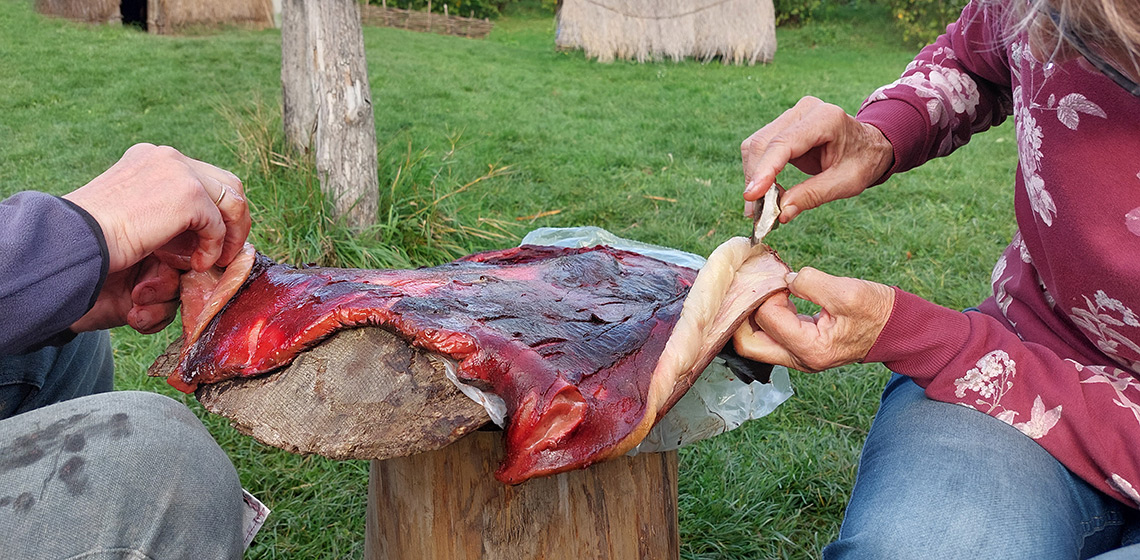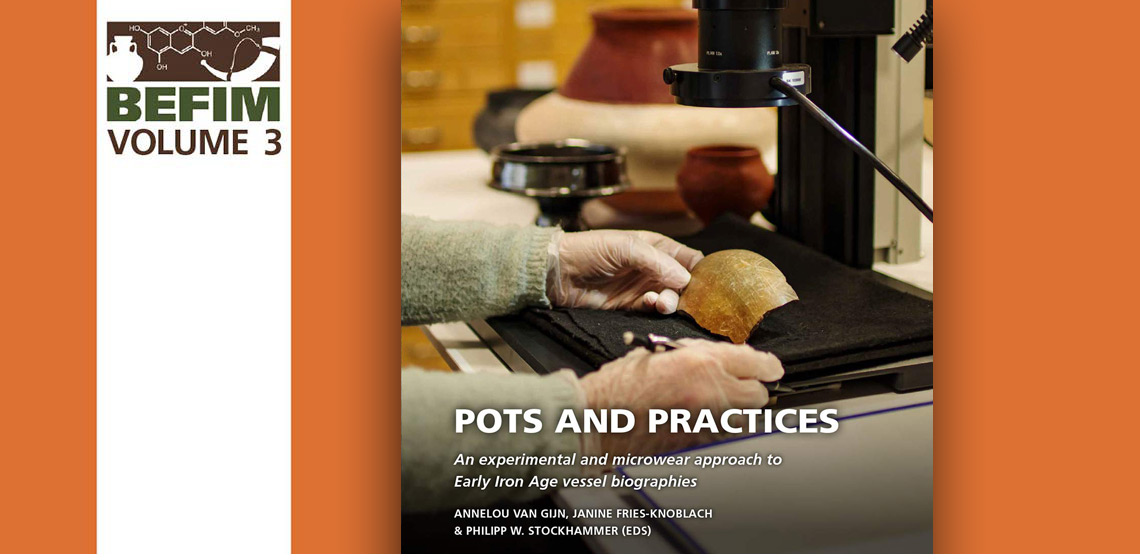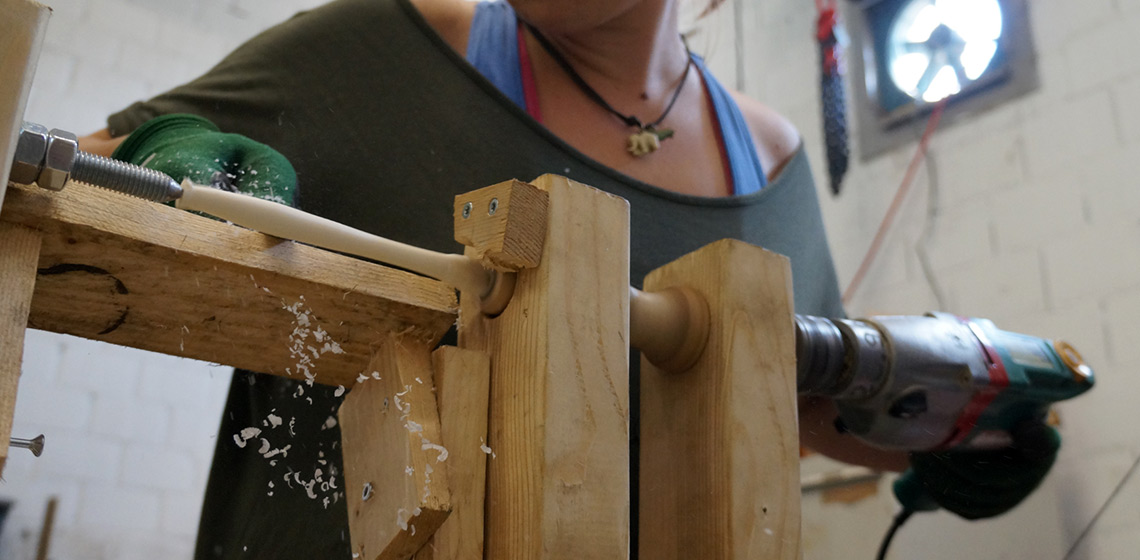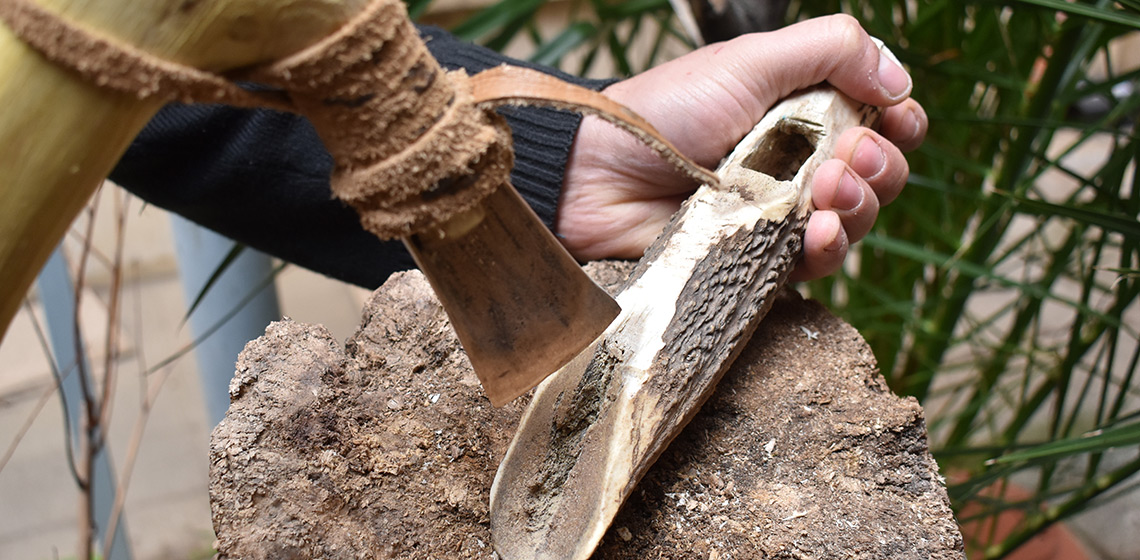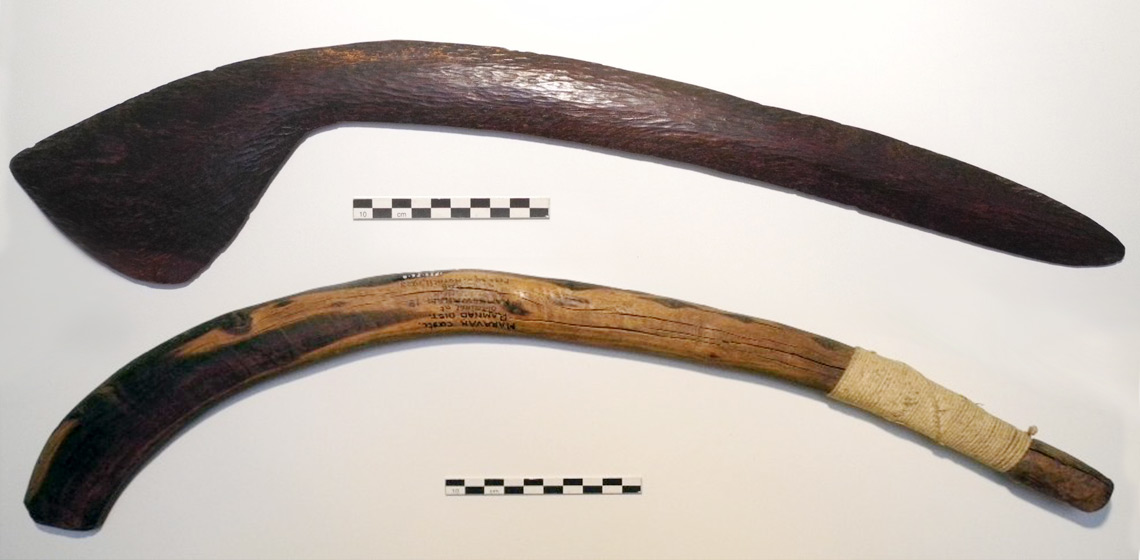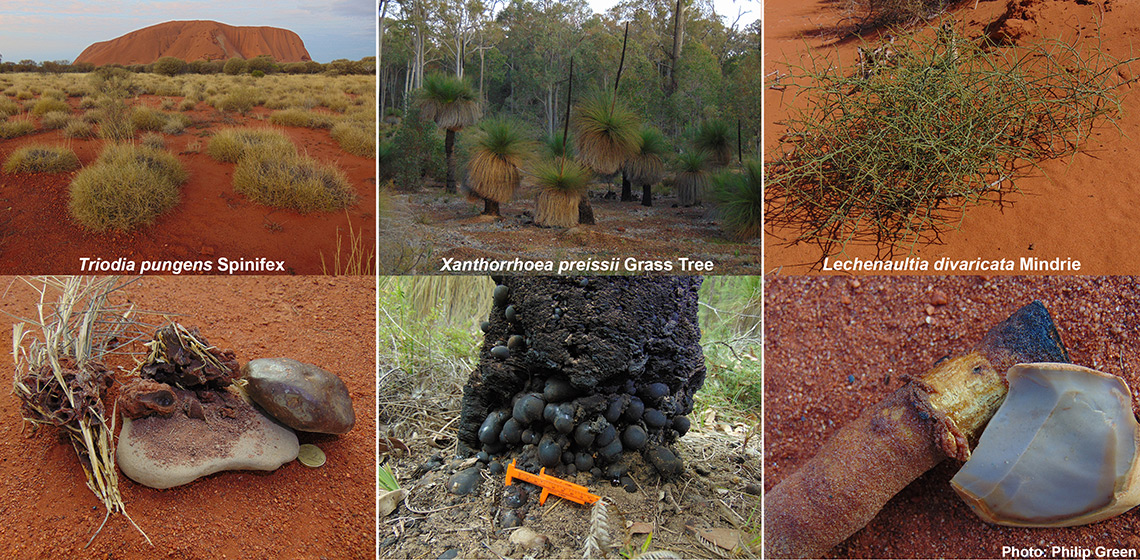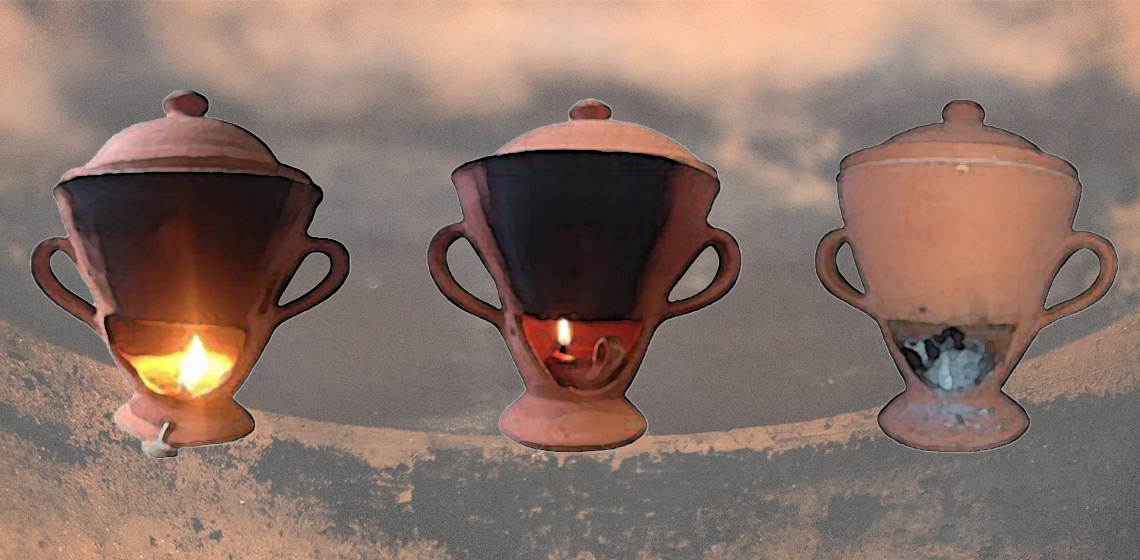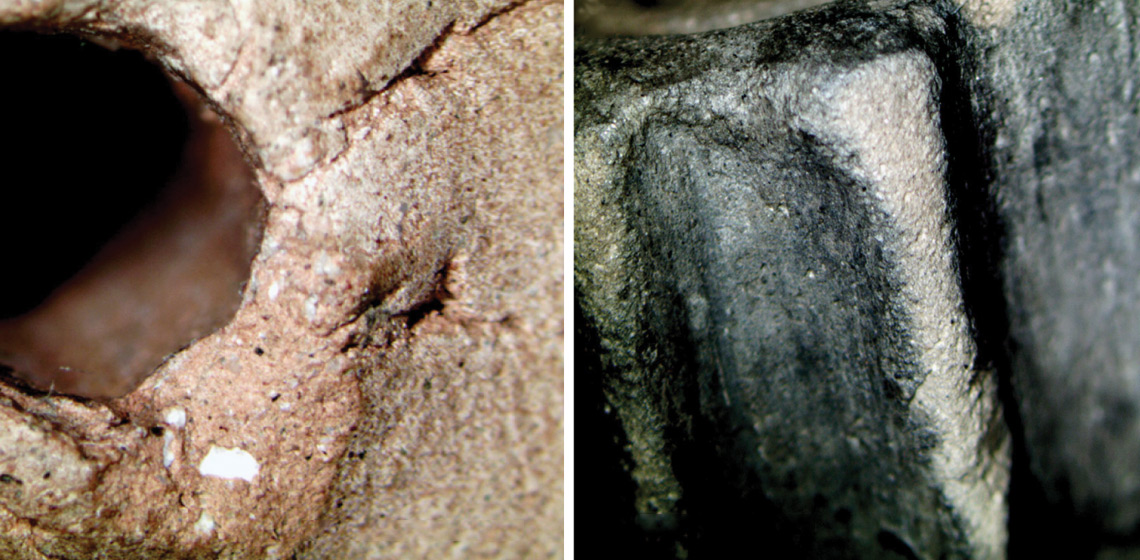use wear analysis
Book Review: Pots and Practices: An experimental and microwear approach to Early Iron Age Vessel Biographies by Annelou van Gijn et al (ed)
New or not new to experimental archaeology and microwear methodology in archaeology? Pots and Practices presents a succinct methodology to the analysis developed by archaeologists and a practicing ceramic artist, an investigation into working together on the relationship between two sites, their similarities and differences...
Roman Bone Artefacts – First Steps Towards a New Approach
Hoes or Adzes? Experimental Reproduction and Uses of Deer Antler Tools from the Bronze Age Terramara of Pragatto (Italy)
***This research aimed to evaluate the hypotheses related to the production and possible uses of a class of deer antler tools from the Bronze Age Terramara of Pragatto (Italy). These bevel-ended instruments are traditionally considered handled hoes...
Traces of Manufacture, Use, Repair and Modification Observed on Ethnographic Throwing Sticks and Boomerangs
Hunting for Use-Wear
Harpoons are an essential part of the hunting toolkit amongst Inuit and have been integral to the material culture assemblage of Arctic groups for thousands of years. The pre-Inuit population known as the Dorset cultures (app. 800 BC–1300 AD) - also sometimes referred to as Tuniit - were highly dependent on a maritime subsistence with harpoon heads as one of the dominant artefact categories at Dorset sites...
Enhancing the Accuracy of Use Interpretation: The Discovery of a New Wear Formation with the Complementary Methods of Experimental Archaeology and Use-Wear Analysis
***Experimental archaeology and use-wear analysis are methods used together to understand aspects of an object’s life, such as manufacture and use. This paper demonstrates the benefits of analysing use-wear through experiments. It presents the results of experiments which were carried out to test the use of battle-axes and axe-hammers...
Hafted Tool-use Experiments with Australian Aboriginal Plant Adhesives: Triodia Spinifex, Xanthorrhoea Grass Tree and Lechenaultia divaricata Mindrie
Experimental Study of Byzantine Chafing Dishes
The Contribution of Experimental Archaeology in Addressing the Analysis of Residues on Spindle-Whorls
***This contribution focuses on residues developing on spindle-whorls during spinning. Such a kind of tools is largely diffused in archaeological contexts where spindle-whorls were used in textile activities or deposited in burials as grave goods. Scholars recently approached...

